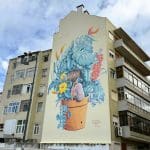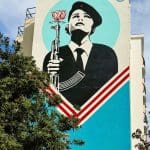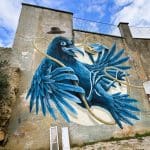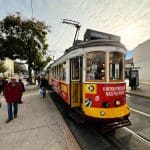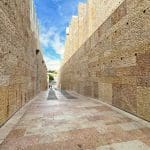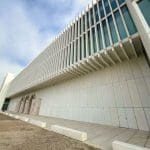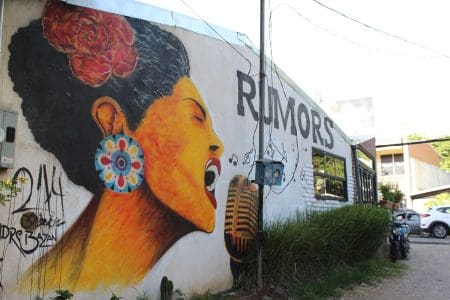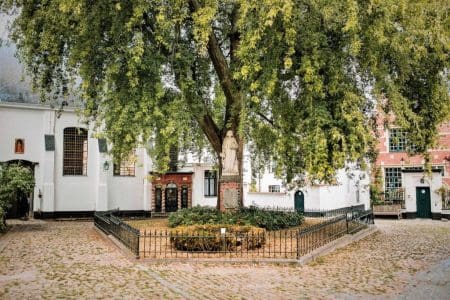Mark Bibby Jackson discovers the culture, food and street art of the Portuguese capital on his Lisbon city break.
On my previous visits to Lisbon, I had never felt truly welcomed. The graffiti-laden streets made it quite clear tourists were not appreciated. The proliferation of Airbnb accommodation had driven up rental prices and driven out locals, destroying communities. So, as I wander around the streets close to my hotel, the Dos Reis by the Beautique Hotels, on the Avenida Almirante Reis in the Portuguese capital, and see some graffiti proclaiming, “Lisboa not Lisbon”, I fear that little has changed in the intervening years.
Fortunately, the following evening as I return from my day trip to Mafra, Ericeira and Cape Roca, I discover my foreboding to be misguided. The pandemic-inspired economic downturn has made locals realise the benefits of tourism as well as the clear disbenefits of overtourism.
Still full from my seafood lunch in Ericeira, in the evening I try some Portuguese tapas or petiscos, while wandering around the streets close to my hotel.
The area shows the multiculturalism of Lisbon, which has been a major port town for centuries. The smell of curry and spice pervades the streets – travel agents are as likely to provide you with flights to Mozambique as Miami. Here, there is no headless rushing around as if people actually have somewhere to go. People mingle on the street and chat with fellow members of their community.
Lisbon Food : Marisqueira and Açôrda
While in Ericeira a couple of Portuguese friends had informed me I should visit a marisqueira. These are seafood restaurants where locals come to chat or have a beer standing at the bar in the cervezeria.
Heeding my friends’ advice, I end the evening in the Marisqueira do Lis just opposite my hotel. Standing at the bar, I drink a couple of small beers at €1 a pop, while watching the social intercourse going on around me. A redundant Brazilian football game plays in the background.
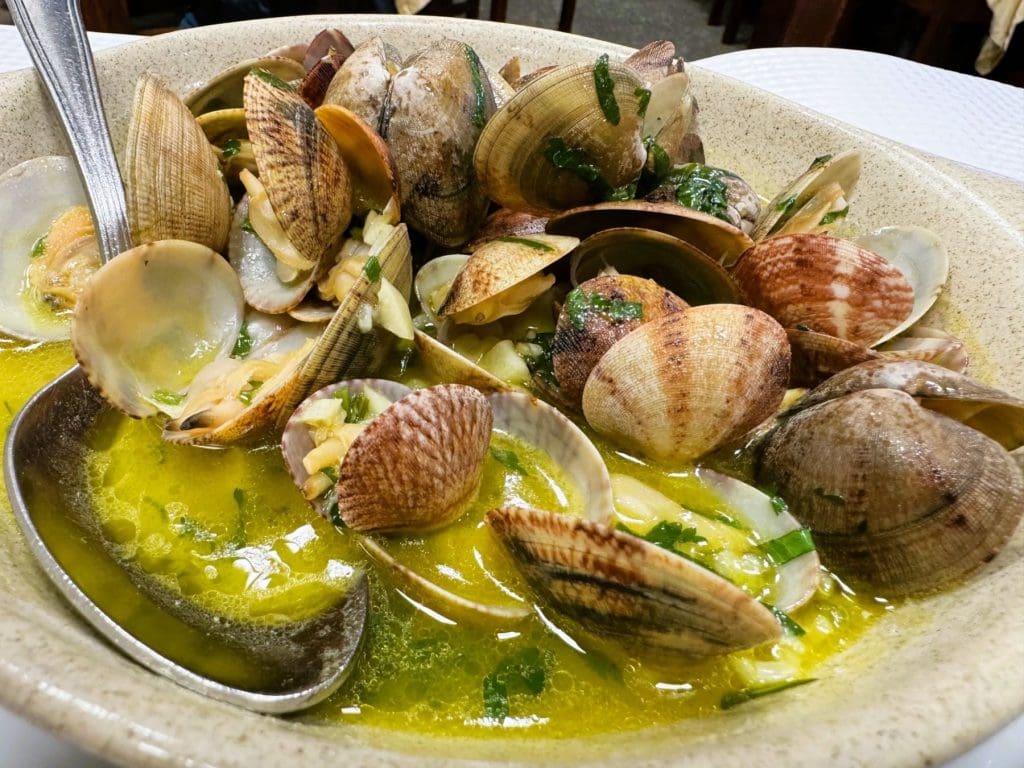
There is a real sense of a local – even the English guy here seems to have lived a long time in Lisbon.
The following evening, I return to try the açôrda, the most local of dishes, which my friends have recommended. I am welcomed as if I too am a local, rather than the tourist I clearly am, just here for a few days.
Açôrda is a bread and prawn soup which is enlivened by garlic and piri piri sauce, and a couple of eggs whisked into the soup at the table. The dish was invented as a means of using up stale bread, but has become a classic comfort food. It tastes much better than it looks, but really is a dish you should share with a companion rather than try to consume on your own.
It is then that I realise that just as Mafra is all about music, Lisbon is about food.
City Break Lisbon : The Royal Treasury Museum
Earlier that day, I went on a walking tour of Lisbon using my Lisboa Card and local transport. Meeting Vitor Carrico from Visit Lisboa at my hotel, we set out by foot for the Cais do Sodré part of town next to the Lisbon river, the Tagus, before taking tram #18 towards Belem.
The this is one of several Lisbon trams still running although many more were closed in the 70s. It is around 100 years old.
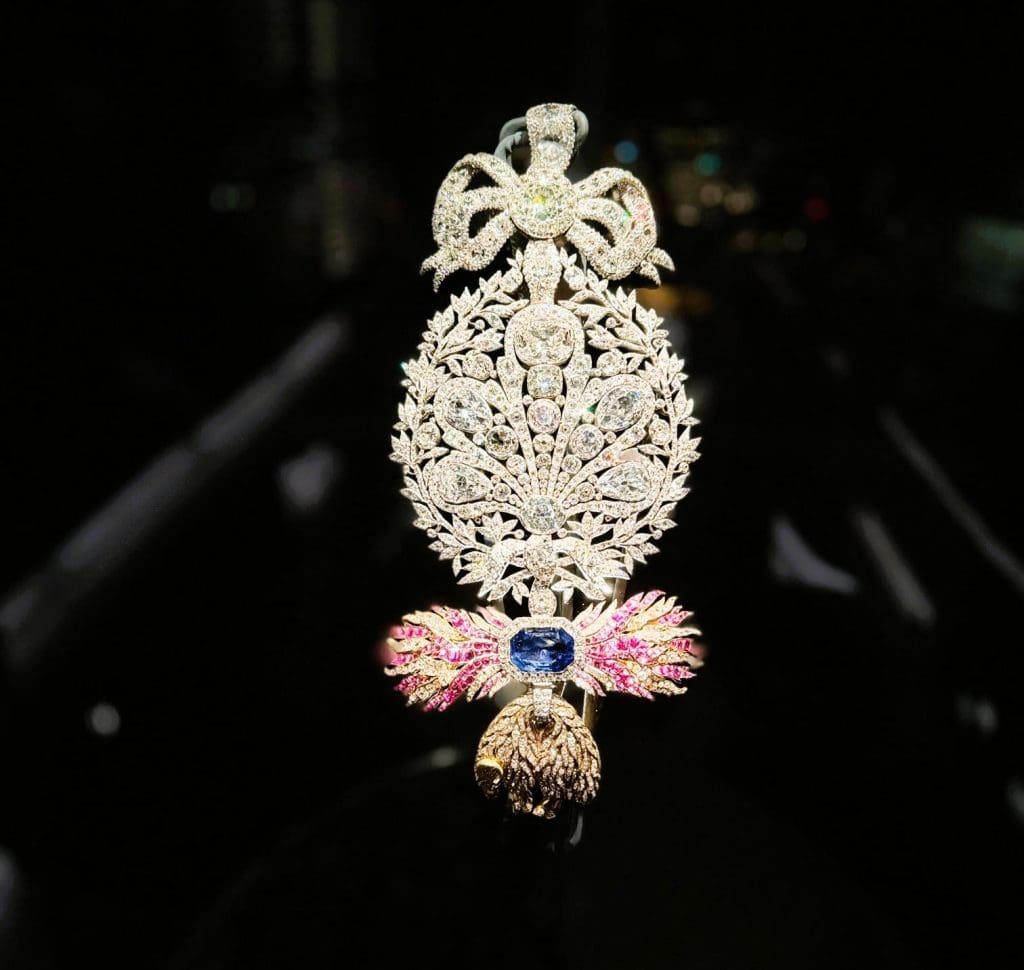
Our first stop is at the Royal Treasury Museum, which opened in 2022 to house the Portuguese Crown Jewels and other jewellery which belonged to the royal family. The museum is situated in one wing of the Palace of Ajuda (Palácio Nacional da Ajuda) in Belem.
The palace itself has an interesting history, which reflects that of the city. In 1755, the Lisbon Earthquake practically destroyed the whole of the city killing an estimated 12,000 people. Following a period when King Joseph understandably refused to live in a stone house, work on the construction of the Palace of Ajuda started in 1796.
The original plan was for the palace to be vaster than Versailles, but for various reasons, including invasion by Napoleon it was never completed. The west wing was not realised until recently when a modern façade was created to contrast with the Baroque and Neoclassical styles elsewhere in the palace. It is here that the Royal Treasury Museum is located.
As all the crown jewels were lost in the 1755 Lisbon Earthquake, the jewellery on show dates from then until the formation of the Republic of Portugal in 1910, when the royal family went in exile to London.
The museum is in effect a giant golden vault that is locked each day behind a five-tonne door. The jewels are arranged in 11 exhibition spaces in chronological order from the discovery by the Portuguese of diamonds and gold in Brazil. There are more than a thousand pieces in the collection, including Dona Mariana’s emerald headpiece which is said to contain the second biggest gold nugget in the world. Even for someone who has little interest in jewellery I find some of the pieces to be staggering in their ornateness and dazzling brilliance.
Lisbon Food: Pasteis de Belem
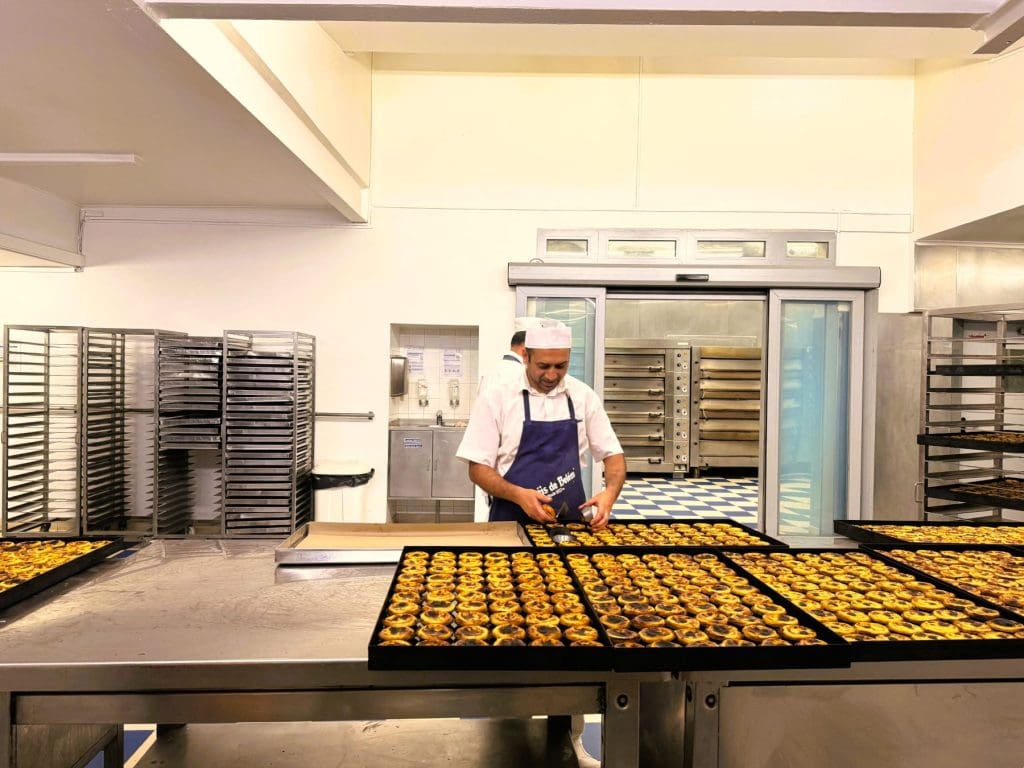
By now we had spent most of the morning without coffee or food – two crimes punishable with a heavy jail sentence in Portugal – so Vitor leads me back down the hill to the heart of Belem.
It is here that Lisbon’s famed pastel de nata were created in the quite spectacular Mosteiro dos Jerónimos (Jerónimos Monastery) in the 18th century. The Liberal Revolution of 1820 threatened the monasteries with closure, so the monks started to sell their tarts in the nearby sugar refinery. When the monastery finally closed 14 years later the recipe was sold to the sugar refinery who opened Fábrica de Pastéis de Belém, next to the monastery in 1837.
The café is still run by descendants of the original owners, and according to Vitor sells some 30,000 custard tarts each day. It was certainly packed during our visit. Apparently, you can eat a pastéis de nata at any time of the day. And yes, they really are quite delightful.
Regenerated Lisbon : Parque das Nacoes
If Belem represents Lisbon’s distant past then the Parque das Nacoes (Park of Nations), is at the heart of the city’s present and future. It was here that the Expo ’98 was held on the site of an oil refinery.
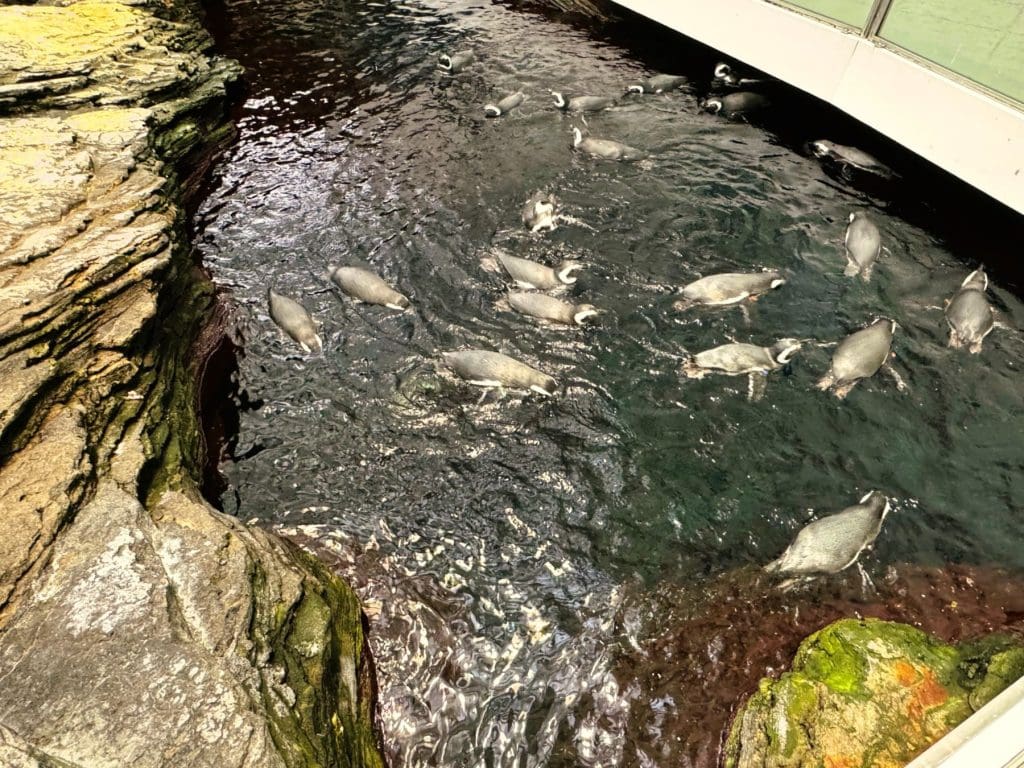
One of my greatest delights while travelling is to see how former industrial areas can be regenerated into thriving new commercial, residential and cultural quarters. Parque das Nacoes is a shining example of this.
The previously neglected part of Lisbon has been transformed into a vibrant area on the banks of the river Tagus, with its own shopping mall and futuristic architecture.
We have a wonderful lunch at D’Bacalhau, where the Portuguese linguist amongst you will not be surprised to discover cod features strongly on the menu, although the prawns in garlic and chilli were excellent. Then we took the cable car which opened for the Expo ’98 to the Lisbon aquarium (Oceanario de Lisboa), one of the major Lisbon attractions.
It is a long time since I have visited an aquarium, but perhaps under the influence of the excellent wine at lunch, I found the Oceanario de Lisboa to be really enjoyable. The sea otters were amazing.
Lisbon Street Art
The following day is my last of my brief visit to Lisbon.
It was in Bogota that I first developed an interest in street art, but never before had a gone on an urban art tuk tuk tour.
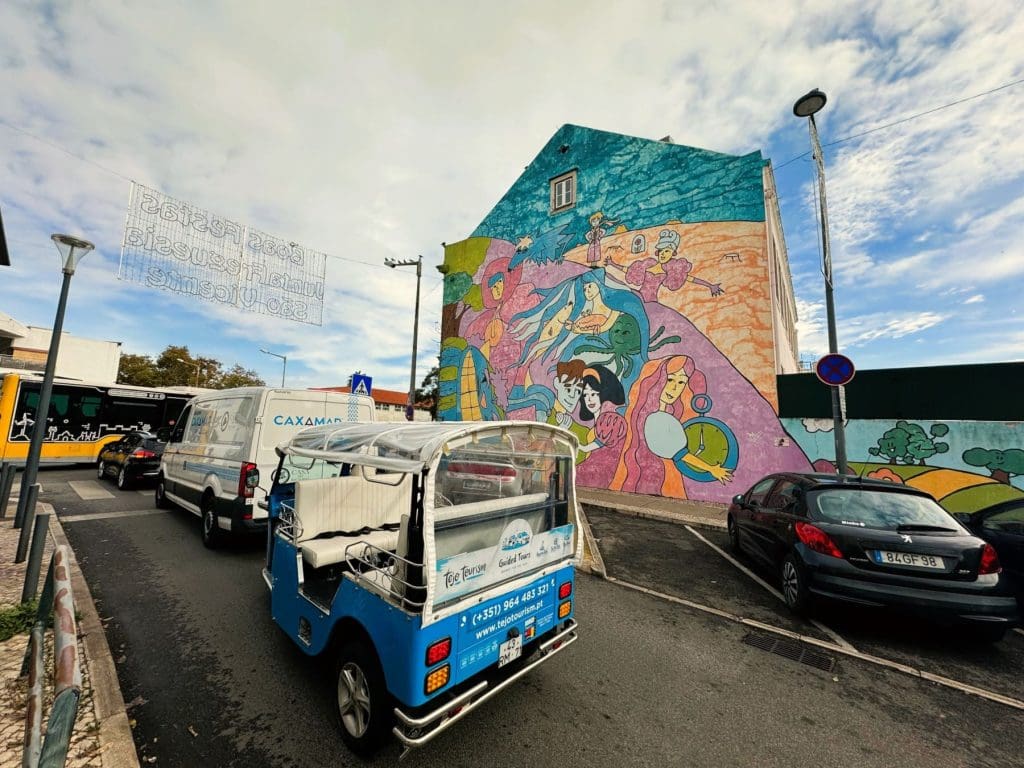
My guide Adi, from Tejo Tourism, takes me to the Mouraria district which is named after the Moors who occupied Lisbon from the 8th to 13th centuries. The first piece of urban art is a mural of a woman spraying a man who is taking a selfie with a selfie stick. Above it is the phrase ‘sad life’.
This sets the tone for the tour, where I am shown a series of street artworks which are at times political, and other times humorous or social. The common thread is Adi’s extensive knowledge on the subject as well as his determination to get to the next mural, regardless of the road closures impeding his way.
I find myself naturally drawn to the more political pieces such as one by the American artist Frank Shepard Fairey referencing the 1974 Revolution with a woman holding a rifle out of which springs a flower. Other murals are devoted to Maria Severa Onofriana, who was one of the most famous fado singers. Another is a collaboration between street artists Vhils and Shepard Fairey showing a Christian and Muslim woman with the message that all women have rights. Adi’s favourite is a large mural by Mário Belém created during the pandemic, depicting how we miss nature, but that it will return.
Lisbon City Break : Street Art
I am amazed by both the quantity and quality of the street art in Lisbon. Our tour concludes at the Lisbon LX Factory (Muro_LX), an outdoor market with lots of street art, which is apparently a cool area with popular cafés and bars.
Adi tells me that the attitude towards tourism has changed due to Covid with people realising the benefits of the tourist buck.
Museum of Contemporary Art
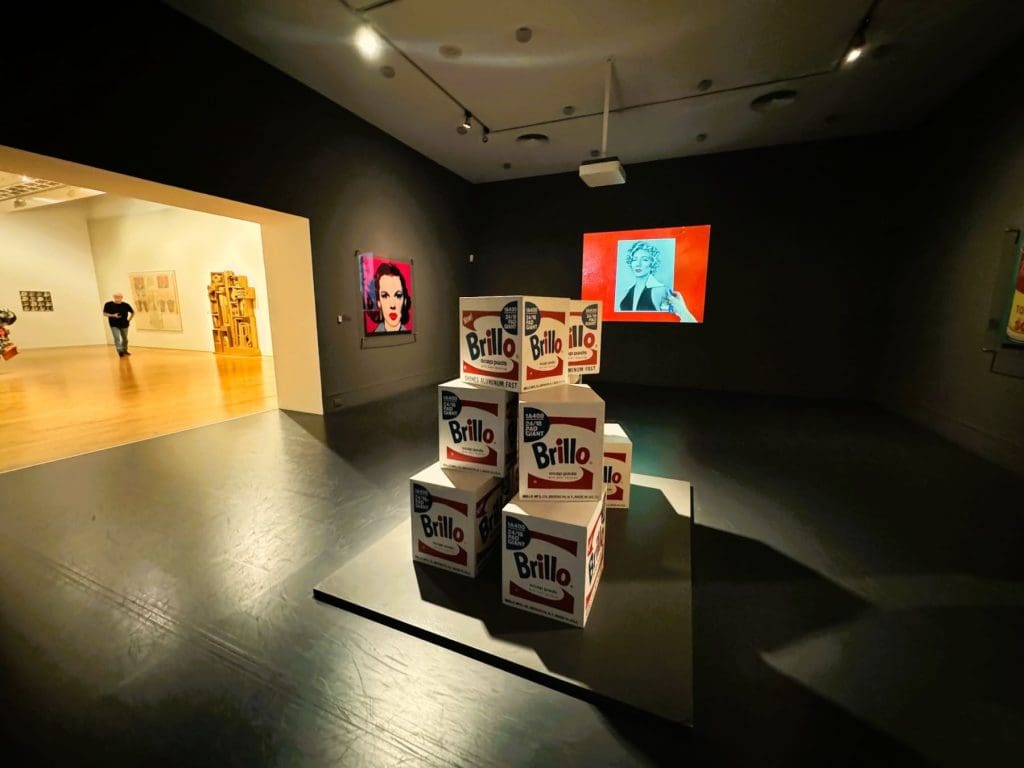
He drops me at the Museum of Contemporary Art (MAC/CCB), which is opposite the Jerónimos Monastery in Belem.
The modern art museum opened on 27 October 2023 and includes the Berardo Collection, a private and somewhat eclectic selection spanning contemporary art through dadaism and cubism to surrealism and all paths in between.
In many respects it is an interesting potted history of the 20th century seen through one collector’s personal lens, including work by Picasso, Francis Bacon, Andy Warhol, Jackson Pollock and David Hockney. There is also a sculpture by Louise Bourgeois.
Despite the strength of the works on display what I really love about this museum is its enormous sense of space, which allows you to explore the art at your own pace.
Boat Ride along the Tagus
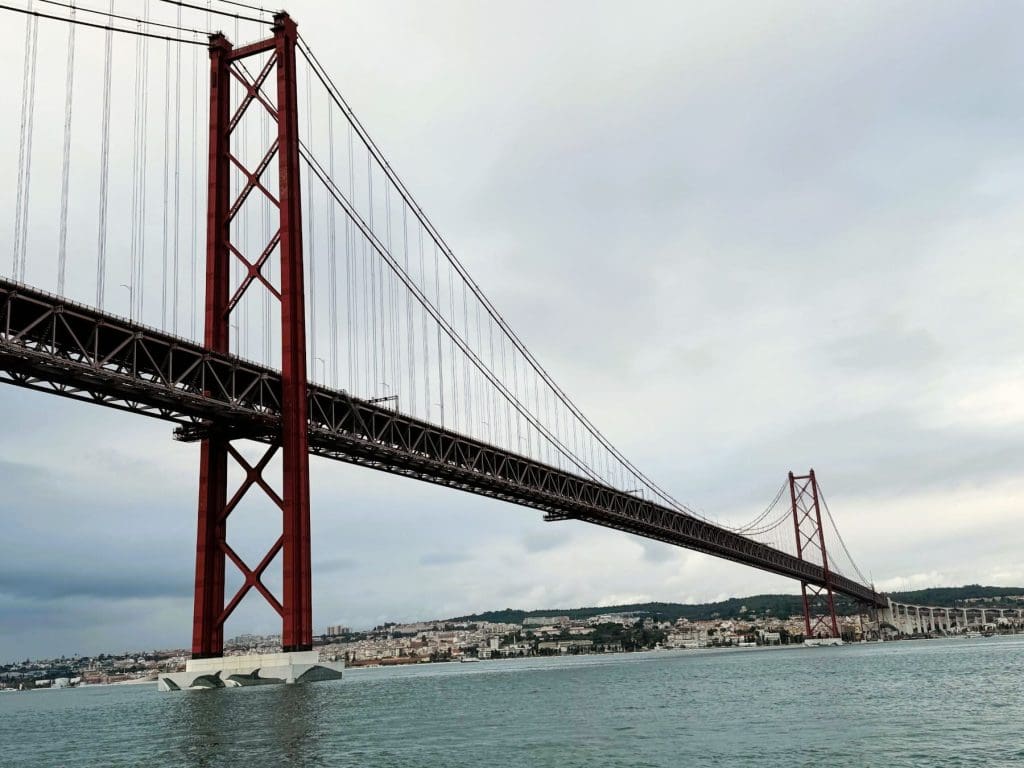
With my visit drawing to a close, I take the bus back to the Cais do Sodré, chancing upon the changing of the guard outside the Jerónimos Monastery en route.
From here I take a boat trip along the Tagus with Lisboat. While taking the tram to the Palace of Ajuda I was reminded of San Francisco, another city devastated by an earthquake. As we sail towards Lisbon’s Golden Gate Bridge the similarities become all the more apparent. Lisbon’s 25th of April Bridge was opened in 1966, some 29 years after its more famous sibling, although it does have its own statue of Christ the King statue, modelled on Rio’s Christ the Redeemer, nestled behind it.
As the heavens start to close in, this seems the fitting place to conclude my Lisbon city break. This is a city rich in both culture and food that certainly benefits from repeat visits. And one where I now feel truly welcome.
Lisbon City Breaks Photo Gallery
Information for City Breaks to Lisbon Portugal
Visit Lisboa Card
On his city break in Lisbon, Mark used a Lisboa Card, (from €22 for 24 to 72 hour options) and is available from the Tourism Information Office at Lisbon airport. This gives unlimited free travel by bus, metro, tram and CP train lines to Sintra and Cascais, and free entrance to 35 museums, monuments and places of interest.
Lisbon Flights from London
Mark flew with Ryanair from London Stansted airport for his city break Lisbon.
Lisbon City Break
For more inspiration on your Lisbon city breaks, visit the excellent official tourism website.
Royal Treasury Museum
Tickets from €10 for adults (€7 for children). Details at: https://www.visitlisboa.com/en/places/museu-do-tesouro-real.
Oceanario de Lisboa
Tickets from €25 for adults (15 for children). Details at: https://www.visitlisboa.com/en/places/oceanario-de-lisboa.
Lisboat Tagus River Tour
Prices from €12. Further details at: https://www.visitlisboa.com/en/places/lisboat.
All images in this article by Mark Bibby Jackson.


